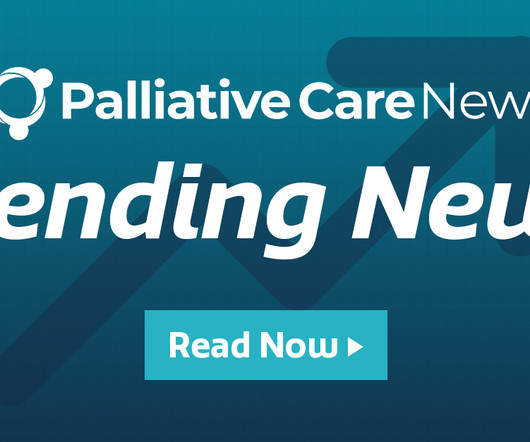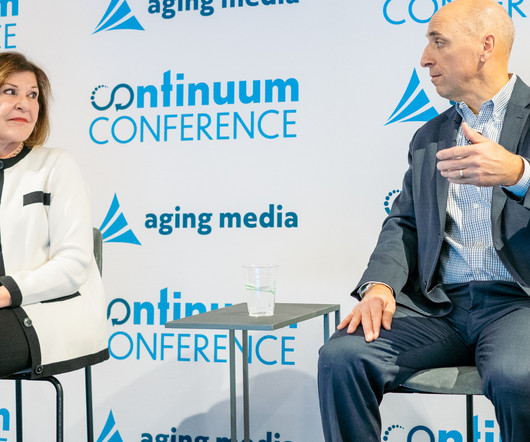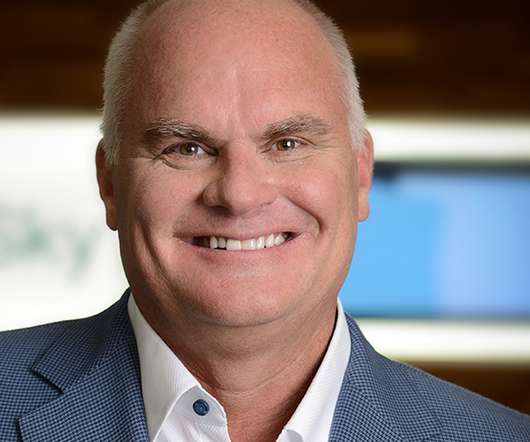Palliative Care an ‘Important Piece’ of Quality in Oncology Programs
Hospice News
OCTOBER 18, 2023
Oncology practices have increasingly collaborated with palliative care providers — or built their own service lines — to better support cancer patients throughout their health care journeys. Integrating palliative care deeper into oncology practices “empowers” these providers to improve utilization and quality, she indicated.















Let's personalize your content